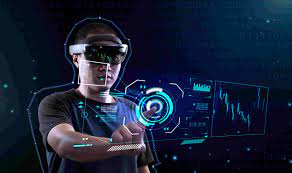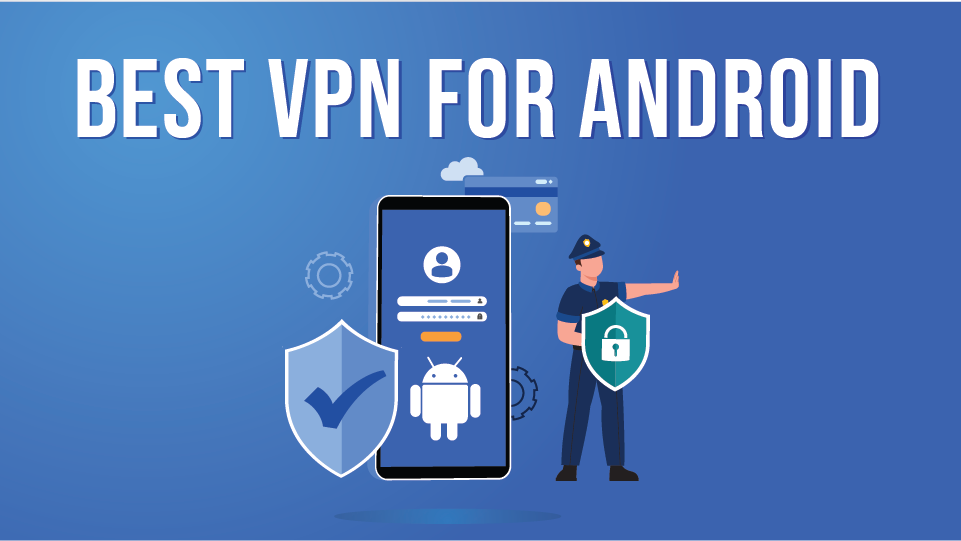Discussing the Potential of Virtual Reality and Augmented Reality
Virtual Reality (VR) and Augmented Reality (AR) have emerged as transformative technologies with the potential to revolutionize industries.

In recent years, Virtual Reality (VR) and Augmented Reality (AR) have emerged as transformative technologies with the potential to revolutionize various industries and aspects of our daily lives.
These immersive technologies have made remarkable strides in terms of hardware, software, and accessibility, opening up a world of possibilities that were once the stuff of science fiction.
In this blog post, we will delve into the diverse applications of VR and AR and how they are reshaping fields ranging from gaming and education to healthcare and architecture.
The Gaming Revolution of Virtual Reality and Augmented Reality
Perhaps the most well-known application of VR and AR is in the gaming industry. VR headsets like the Oculus Rift, HTC Vive, and PlayStation VR have taken gaming to new heights by immersing players in virtual worlds.
These headsets track head and hand movements, allowing players to interact with the game environment in ways that were previously unimaginable.
Whether you're exploring alien planets, battling mythical creatures, or simply walking through a virtual replica of a historic city, VR gaming offers an unparalleled level of immersion.
On the other hand, AR has brought gaming into the real world through popular mobile apps like Pok?mon GO and Harry Potter: Wizards Unite.
These games blend digital elements with the physical world, encouraging players to explore their surroundings while collecting virtual objects or battling virtual creatures. AR gaming has the potential to get people off the couch and promote physical activity, social interaction, and exploration.
Education and Training by Virtual Reality and Augmented Reality
VR and AR have the power to revolutionize education and training by creating immersive and interactive learning experiences. Imagine a history class where students can step into ancient Rome or a biology lesson where they can explore the inner workings of a cell. VR can transport students to different times and places, making learning more engaging and memorable.
In the realm of professional training, AR has proven invaluable. For example, airline pilots can use AR headsets to overlay critical flight information onto their field of vision, enhancing situational awareness.
Similarly, medical professionals can use AR to visualize complex surgeries and practice procedures before performing them on real patients. These applications improve safety and competence in high-stakes professions.
Healthcare Advancements of Virtual Reality and Augmented Reality
Healthcare is another field where VR and AR are making significant strides. VR is being used for pain management, exposure therapy for phobias, and even rehabilitation. For example, patients with physical disabilities can use VR to engage in virtual exercises that aid in their recovery. This not only makes therapy more enjoyable but also encourages compliance with treatment plans.
In diagnostics and surgery, AR is playing a crucial role. Surgeons can use AR headsets to overlay 3D images onto a patient's body during surgery, providing real-time guidance and improving precision.
This can lead to shorter recovery times and reduced risks for patients. Additionally, AR can assist in medical education by allowing students to visualize complex anatomical structures in real-time, enhancing their understanding of the human body.
Architectural Design and Real Estate
VR and AR are transforming the way we design and visualize architectural spaces. Architects can use VR to walk through virtual buildings before they are constructed, identifying design flaws and making necessary adjustments. This not only saves time and money but also ensures that the final product meets the client's expectations.
In the real estate industry, AR apps can superimpose property information and virtual furniture onto physical spaces, helping potential buyers or renters envision themselves in a new home. This technology simplifies the decision-making process and increases sales efficiency.
Enhancing Marketing and Retail
Retailers are tapping into the potential of AR to enhance the shopping experience. AR apps allow customers to try on clothes virtually, see how furniture looks in their homes, or even visualize how makeup products will appear on their skin. This not only makes shopping more convenient but also reduces the need for returns, benefiting both customers and businesses.
In marketing, AR is being used to create interactive and engaging campaigns. Brands can create AR experiences that encourage customers to scan products with their smartphones to access additional information, videos, or special offers. This immersive approach to marketing helps companies stand out in a crowded marketplace.
Tourism and Cultural Preservation
VR and AR are also making an impact on the tourism industry. Virtual tours allow travelers to explore destinations before they visit, helping them plan their trips more effectively. Museums and historical sites can use AR to provide interactive exhibits that bring history and culture to life. For example, visitors can use AR apps to see how ancient ruins looked in their prime or to hear historical figures speak in their native languages.
Furthermore, AR can be used for cultural preservation. In some cases, it's used to document and recreate historical artifacts or sites that may be at risk due to natural disasters, decay, or conflict. This ensures that future generations can continue to learn about and appreciate our shared cultural heritage.
Remote Work and Collaboration
The COVID-19 pandemic accelerated the adoption of remote work, and VR and AR technologies have played a crucial role in making remote collaboration more effective. VR meeting spaces allow colleagues to meet in a virtual office, making it feel like they are in the same room even when they are miles apart. This can enhance communication and teamwork, particularly for companies with global teams.
AR is also transforming remote assistance and support. Technicians can wear AR glasses that allow experts to see what they see and provide guidance in real-time. This is especially valuable in industries where immediate and accurate troubleshooting is essential, such as manufacturing and maintenance.
Challenges and Considerations
While the potential of VR and AR is undeniable, there are challenges to overcome. One significant hurdle is the cost of hardware and development. High-quality VR headsets can be expensive, limiting access to these technologies for some individuals and organizations.
Additionally, creating immersive VR and AR experiences requires specialized skills and resources, which can be a barrier for smaller businesses and educational institutions.
Privacy and ethical concerns also need to be addressed. AR, in particular, raises questions about the collection and use of personal data, as it often relies on mobile devices with cameras and sensors. Striking a balance between the benefits of these technologies and individual privacy rights will be an ongoing challenge.
Moreover, there is a need for standardization and interoperability in the VR and AR ecosystem to ensure that different hardware and software can work together seamlessly. This will promote the widespread adoption and integration of these technologies into various industries.
Virtual Reality and Augmented Reality are unlocking a world of possibilities across a wide range of applications, from gaming and education to healthcare and architecture.
These immersive technologies have the potential to revolutionize the way we learn, work, play, and interact with our surroundings.
As the technology continues to advance and become more accessible, we can expect to see even more innovative and transformative applications emerge in the years to come. While challenges remain, the potential for positive change and innovation in various fields is boundless, and the future of VR and AR is indeed exciting.
What's Your Reaction?



















